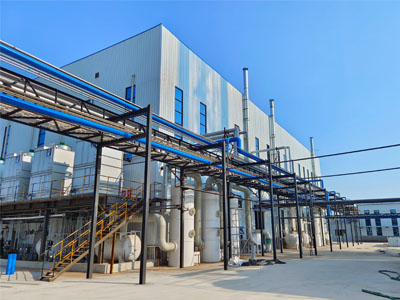diethylene triamine penta
Exploring Diethylene Triamine Pentaacetic Acid A Versatile Chemical Compound
Diethylene Triamine Pentaacetic Acid (DTPA) is a versatile chemical compound widely recognized for its chelating properties. It belongs to a class of compounds known as polyaminocarboxylic acids, which are characterized by their ability to bind metal ions. DTPA is particularly important in various industrial applications, environmental management, and medical fields due to its effectiveness in complexing metals and facilitating their removal from different environments.
Chemical Structure and Properties
The chemical formula of DTPA is C14H23N3O10, and its structure comprises five carboxylic acid groups attached to a central triamine core. This unique configuration allows DTPA to bind to multiple metal ions simultaneously, forming stable complexes. The presence of multiple binding sites enhances its ability to interact with metals such as calcium, magnesium, iron, and heavy metals like lead and mercury. As a result, DTPA is used in a variety of applications requiring metal ion coordination.
Industrial Applications
In industrial settings, DTPA is commonly utilized as a stabilizing agent in various formulations. It finds applications in the textile and paper industries, where it helps to prevent the precipitation of metal ions that can lead to product discoloration or degradation. Additionally, DTPA is employed in the formulation of detergents and household cleaners to enhance their performance by preventing hard water interference.
DTPA also plays a crucial role in the pharmaceutical industry. It is used as a chelating agent in the preparation of radiopharmaceuticals, which are used in medical imaging and cancer treatment. By effectively binding radioactive isotopes, DTPA ensures the safe delivery of these substances within the body, minimizing potential toxicity and enhancing diagnostic accuracy.
diethylene triamine penta

Environmental Significance
One of the most critical applications of DTPA lies in environmental remediation. Heavy metal pollution poses a significant threat to ecosystems and human health. DTPA’s ability to form soluble complexes with heavy metals makes it an effective agent for soil and water decontamination processes. It facilitates the extraction of harmful metals from contaminated sites, enabling them to be safely removed or treated, thus restoring ecological balance.
Furthermore, DTPA is employed in agriculture to mitigate the effects of metal toxicity on plants. By chelating excess metal ions in the soil, DTPA prevents their uptake by crops, promoting healthier growth and improved yields. This application is particularly beneficial in regions with metal-laden soils.
Safety and Environmental Concerns
While DTPA is known for its beneficial applications, concerns regarding its environmental impact have been raised. The persistence of chelating agents in the environment can lead to unintentional mobilization of heavy metals, potentially causing harm to aquatic ecosystems. Consequently, careful management and evaluation of DTPA usage are essential to avoid negative environmental effects.
Conclusion
Diethylene Triamine Pentaacetic Acid is a remarkable compound with a diverse range of applications across various sectors. Its ability to effectively bind and sequester metal ions makes it invaluable in industrial processes, medical applications, and environmental remediation efforts. As the global community continues to grapple with challenges related to heavy metal pollution and industrial waste, the role of compounds like DTPA will remain critically important in enhancing sustainability and safety in numerous fields. Continued research and careful utilization will ensure that the benefits of DTPA can be realized while minimizing any potential environmental risks.
-
LK-319 Special Scale And Corrosion Inhibitor For Steel Plants: Advanced Solutions for Industrial Water SystemsNewsAug.22,2025
-
Flocculant Water Treatment: Essential Chemical Solutions for Purification ProcessesNewsAug.22,2025
-
Isothiazolinones: Versatile Microbial Control Agents for Industrial and Consumer ApplicationsNewsAug.22,2025
-
Scale Inhibitor: Key Solutions for Water System Scale PreventionNewsAug.22,2025
-
Organophosphonates: Versatile Scale Inhibitors for Industrial Water SystemsNewsAug.22,2025
-
Scale and Corrosion Inhibitor: Essential Chemical Solutions for Water System MaintenanceNewsAug.22,2025





